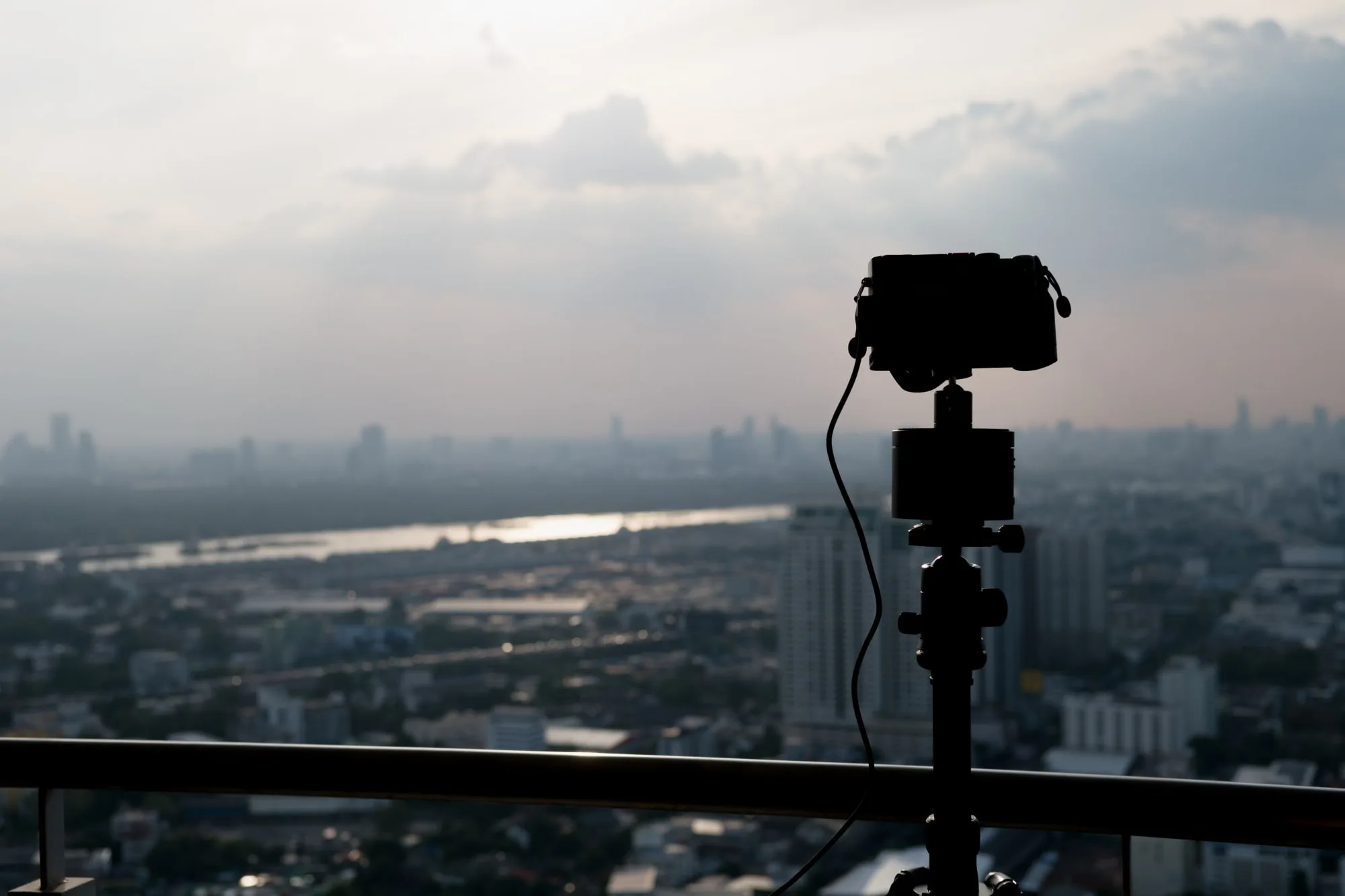
Welcome, film buffs! Today, we’re going to dive into the world of film theory and explore two important concepts: Realism and Formalism.
So, Realism and Formalism are two approaches to filmmaking that emphasize different aspects of the medium. Realism focuses on portraying the world as it is, while Formalism emphasizes artistic expression and stylization.
Realism is all about capturing the world in a realistic, unembellished way. It often uses natural lighting and unobtrusive camera work to create a sense of authenticity. It strives for a sense of “truth” in its depiction of characters and situations. A great example of Realism in film is the work of the Dardenne brothers, who specialize in gritty, naturalistic films that often explore issues of poverty and social injustice.

Formalism, on the other hand, is all about the artistic expression of the filmmaker. It’s about using the medium of film to create something that’s more than just a straightforward representation of reality. Formalist films often use unconventional camera angles, highly stylized lighting, and other techniques to create a sense of heightened reality. One classic example of Formalism in film is Citizen Kane, which is known for its innovative use of deep focus, unconventional camera angles, and elaborate mise-en-scène.
Well, that’s a matter of personal taste. Realism can be incredibly powerful, as it allows us to explore complex social issues and empathize with characters in a very direct way. Formalism, on the other hand, can be incredibly imaginative and visually striking, and can transport us to completely new worlds.
Ultimately, the best filmmakers are those who can blend the two approaches seamlessly. They use Realism to ground their stories in a sense of authenticity, but also use Formalist techniques to create a truly memorable visual experience. So next time you’re watching a film, keep an eye out for the ways in which the filmmaker is using Realism and Formalism to create something truly unique!